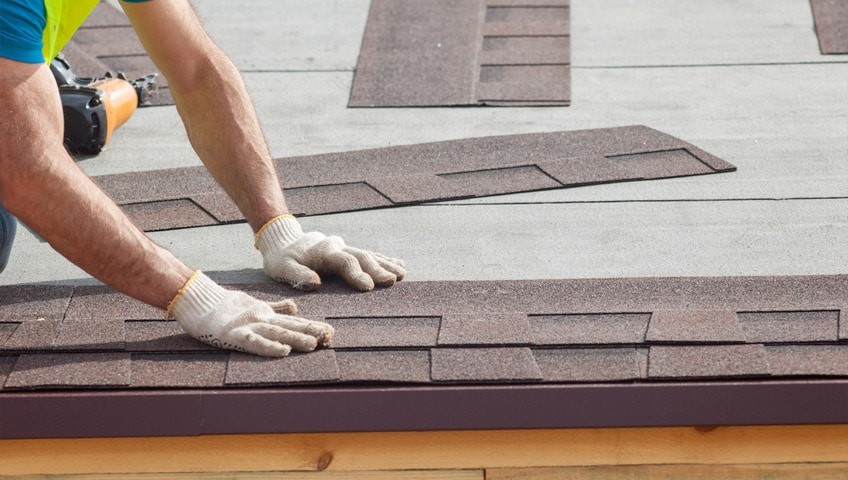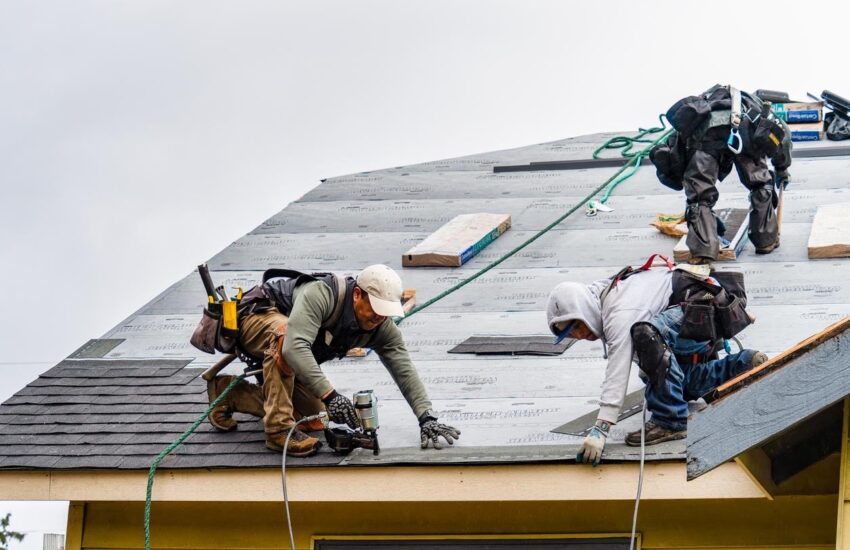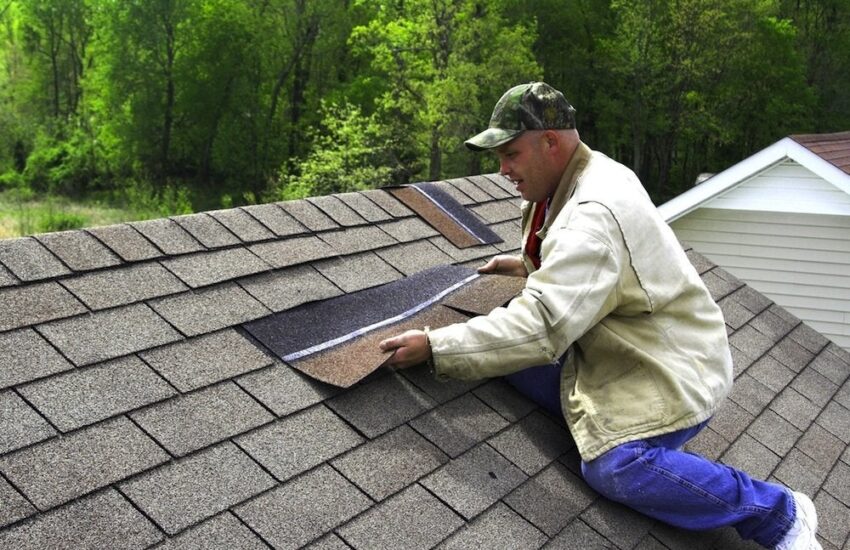Roofs are susceptible to many defects over the course of their life. Contractors must be able to identify these issues. It is possible to identify and fix roof problems by understanding the most common problems and where they are located. Roofs can be damaged by wind, weather, poor design, and improper maintenance. These primary causes are responsible for many other defects.
Roof damage due to wind
Roofs in windy regions are exposed to upward pressure, which blows the roof edges. It can cause damage to the roof membrane and the entire roof system. It is important to secure the roof around its perimeter and the main roof structure to prevent this from happening.
Roof damages due to poor maintenance
Low-sloped or flat roofs require extensive maintenance. It is because they collect more sediments and water, which eventually damages the roofing material. It is important to perform routine cleaning and maintenance checks on buildings with sloped or flat roofs.
Damages due to improper design
Roof defects due to poor design can be quite difficult to repair. These defects can be fixed by replacing the roofing materials. These are some of the most common errors in roof design – poor roof slope, drainage, or sagging can lead to water accumulation, the roof structure is weak, use of roof materials that are not compatible, etc.
Base flashing causes roof defects
Base flashing is done to prevent water penetration. Base flashing problems that can cause roof defects include insufficient base flashing height, poor adhesion, insufficient coating, loose insulation, and insufficient coating. Base flashing should be installed according to the specifications and standard requirements. To prevent leakage, the base flashing must be adhered properly to the roof surface.
Roof defects due to flashing material
Flashing roofs serves the purpose of sealing sections and other areas of the building. An incorrect flashing procedure can lead to water penetration between the roof structures and the roof. To prevent future flashing problems, it is important to seal any early defects. The only way to do it is hiring a professional roofing company for a periodical inspection. You will find related details here https://roofscapesdfw.com/services/roofing/richardson-tx/.
Roof defects due to metal base flashings
This defect is common in bituminous roof systems. Bitumen and metal flashing materials have a high rate of contraction and expansion, which creates cracks. It can lead to water penetration and roof damage. A bituminous flashing is recommended for bituminous roofing systems.
Roof damages due to rooftop equipment
It is not a good idea to place rooftop equipment, such as satellite antennas, solar panels, or A/C compressors, directly on the roof. To transport the equipment, a support structure can be built over the roof membrane.
Overhanging trees
Tree limbs that are too high can rub against the roof and cause damage to the roof’s protective layer. In bad weather, branches can also fall, potentially causing severe damage. Leaves can also cause blockages in the gutters and valleys. If trees pose problems, it is important to trim them.
Roof leaks and moisture
Leakage is a serious problem that can be detected by looking for moisture or damp in the loft. Moisture can build up under the roof layers, causing mould and rot. It will cause serious problems if it is not repaired. A roofing specialist should be called immediately!






